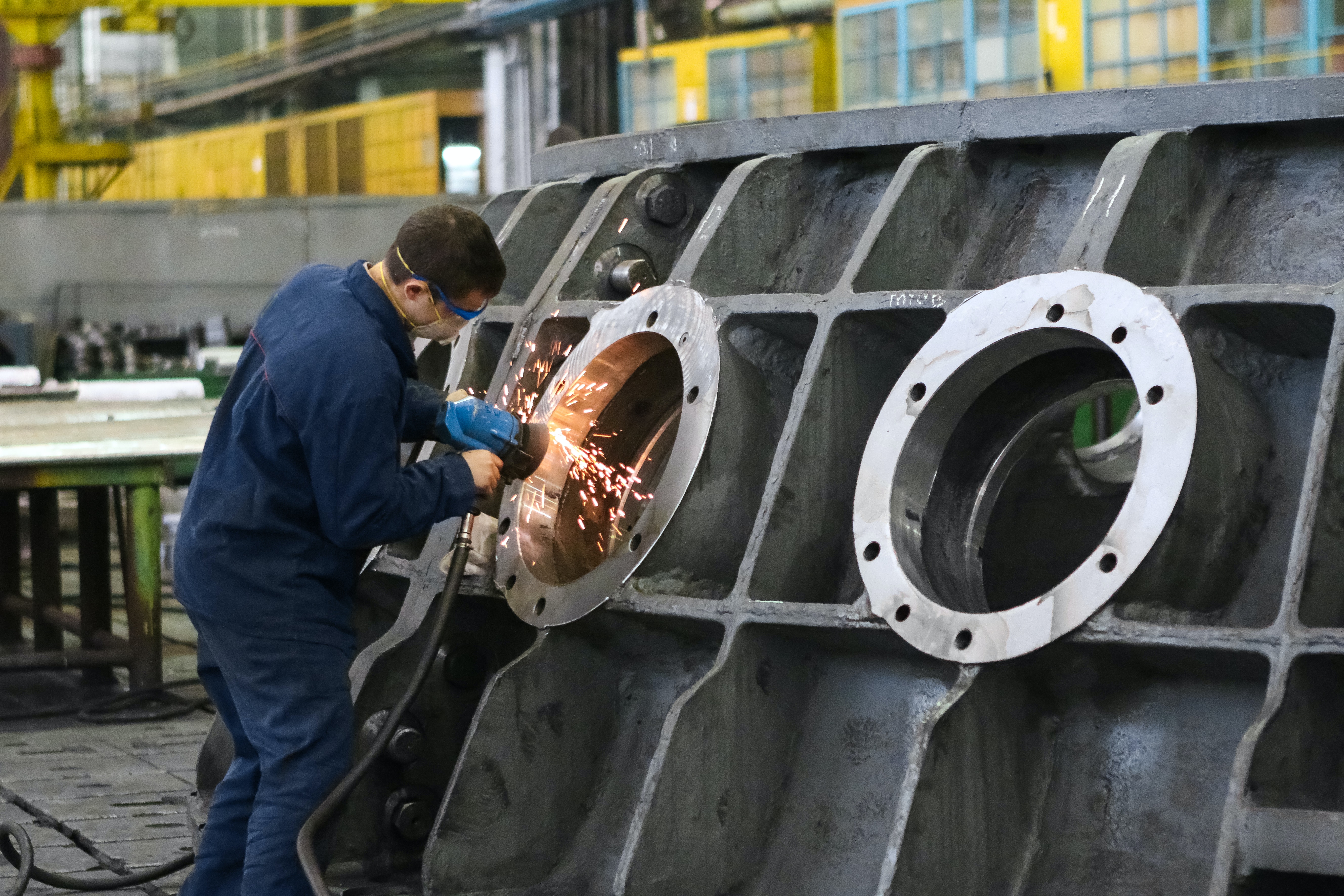The UK’s manufacturing PMI hit a record high of 65.6 in May 2021, beating the record set in July 1994, when it was 61.0.
PMI, which stands for Purchasing Managers’ Index, indicates the direction of economic trends in the manufacturing and service industries. The UK’s PMI has increased to 65.6, up from 60.9 in April 2021 and is largely attributed to the easing of COVID restrictions leading to surges in demand and floods of new orders.
And considering that any score over 50 indicates growth, this is great news for the nation’s manufacturers.
HIS Markit, the information provider who compiles the survey results, reports:
- Conditions in the manufacturing sector improved at a rate like never before
- Output growth strengthened
- New export orders rose at a record pace (perhaps thanks to improved demand from the EU, US and China) But, it appeared to be mostly the large firms seeing record figures for their new export numbers - small firms tended to see a smaller rise
- Employment shot up as manufacturers had to take on more staff to handle the increased demand
 Photo by Kateryna Babaieva
Photo by Kateryna Babaieva
However, despite the great news, the surges in demand also mean:
- Supply chain disruption is becoming a growing problem - there’s higher demand for raw materials yet there’s not enough supply. So manufacturers are reporting shortages in certain items, such as electronics, plastics and metals, and experiencing transport delays
- Consumers may see higher prices as the increase in input costs feeds through to them too
Manufacturers, we’re not out of the woods yet
In particular, manufacturers and their customers are being impacted by material shortages, transport delays, port issues, COVID restrictions and Brexit complexities. As demand continues to rise above supply, how can you improve supply chain efficiency and visibility?
Here are some steps you can follow:
- Transform your disparate, siloed supply chain to an integrated digital network. This can help you view everything from raw material procurement to customer fulfilment - all in real-time so you can act promptly.
- Build a connected factory floor and automate repetitive processes. Use the power of IIoT (Industrial Internet of Things) to improve visibility, production uptime and safety.
- Closely monitor your supplier data. Being able to (for example) identify at-risk suppliers and potentially weak spots in your supply chain means you can proactively mitigate the issue before it becomes a problem.
- Use predictive analytics to better anticipate shifts in the market, such as changes in customer demand, the availability of raw materials and even the environment impact of making certain decisions for your supply chain.
Read more about how to innovate your manufacturing business efficiently and successfully in our comprehensive guide. You can learn the signs that hint your business needs to be innovated, key pieces of technology and more.
Download it below.

